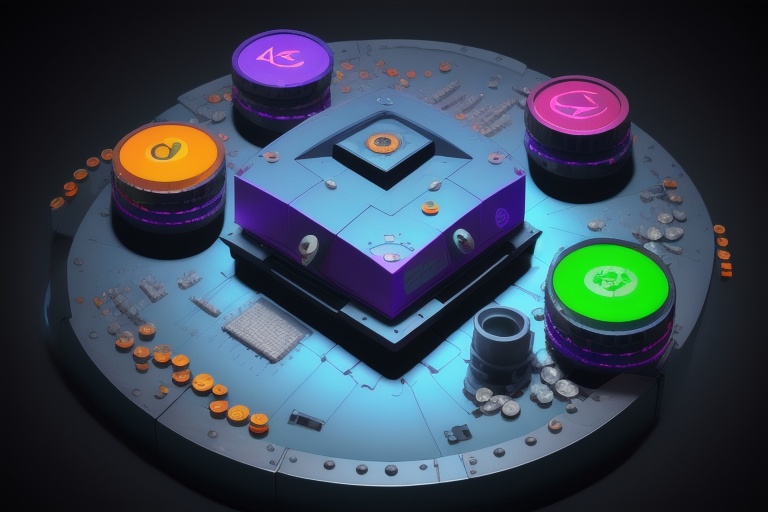The technology landscape is constantly shifting, with new innovations continually reshaping the way we interact with the world. Among these, programming, artificial intelligence (AI), and machine learning stand out as key drivers of change. These fields offer groundbreaking possibilities—from creating intelligent systems to developing advanced algorithms—that are accessible to both novices and seasoned professionals.
The technology landscape is constantly shifting, with new innovations continually reshaping the way we interact with the world. Among these, programming, artificial intelligence (AI), and machine learning stand out as key drivers of change. These fields offer groundbreaking possibilities—from creating intelligent systems to developing advanced algorithms—that are accessible to both novices and seasoned professionals.
Low-Code and No-Code Development: A Gateway to Innovation
One noteworthy trend is the emergence of low-code and no-code development platforms. These tools are redefining who can build applications, as they empower those with minimal coding skills to craft functional apps. Thanks to their intuitive visual interfaces and drag-and-drop capabilities, users can construct apps swiftly to serve distinct needs. This democratization of programming extends creative power, allowing individuals of varied backgrounds to manifest their innovative concepts without needing deep technical expertise.
AI and Machine Learning in Industry
AI and machine learning are experiencing surging adoption across multiple sectors. Businesses in healthcare, finance, and beyond integrate these smart technologies to streamline decision-making, automate workflows, and refine customer interactions. Take AI-powered chatbots, for example: they're now a staple in customer service departments, providing rapid, effective support. Machine learning algorithms delve into vast datasets to detect patterns, empowering businesses to base decisions on solid data and maintain a competitive advantage.
Natural Language Processing: Bridging Human-Machine Communication
Natural language processing (NLP) is another area where AI has made impressive gains. NLP enhances the interplay between computers and human language, allowing machines to interpret and respond to our words with increasing adeptness. This progression has given birth to virtual assistants such as Siri and Alexa, which have altered our daily interactions with technology. These assistants process voice commands, carry out tasks, and tailor recommendations, streamlining our daily routines.
Computer Vision: Envisioning the Future
Another significant leap forward is in computer vision. As a subset of AI, computer vision equips machines to process and interpret visual data. From self-driving cars to facial recognition and augmented reality, computer vision equips machines with a kind of sight that enables them to recognize and interact with their environment. This ability is fostering innovation in areas like autonomous vehicles and robotics, with far-reaching implications.
Python: The Programmer's Choice
In the world of programming, Python has carved out its place as a favored language among developers. Its straightforward syntax and general-purpose nature make Python ideal for a range of applications, including data analysis, scientific research, and web development. Python's comprehensive collection of libraries and frameworks provides an invaluable resource for those working in AI and machine learning, facilitating the construction of complex algorithms, neural networks, and predictive models with relative ease.
Quantum Computing: A Glimpse into Tomorrow
The potential of quantum computing looms on the horizon, promising to usher in a new era of computational power. Utilizing quantum bits, or qubits, quantum computers will be able to conduct calculations at speeds unattainable by their classical counterparts. This emerging technology could bring profound impacts on cryptography, optimization, and even drug discovery, representing a giant leap forward in computation.
Conclusion
Programming, AI, and machine learning are not just shaping current technological trends; they are redefining the scope of potential innovations. With each advancement, we see an expansion of possibilities across diverse applications. As we look to the future, natural language processing and computer vision are transforming how we communicate with and through technology, while Python remains a steadfast resource for developers. Amidst it all, the prospect of quantum computing holds the key to untold computational capabilities. For anyone engaged in the ever-changing world of technology, staying updated with these developments isn't just beneficial—it's essential. The journey of discovery and adaptation in these fields is unending and filled with exciting challenges and opportunities for everyone willing to embrace the future of programming, artificial intelligence, and machine learning.
Information for this article was gathered from the following source.


